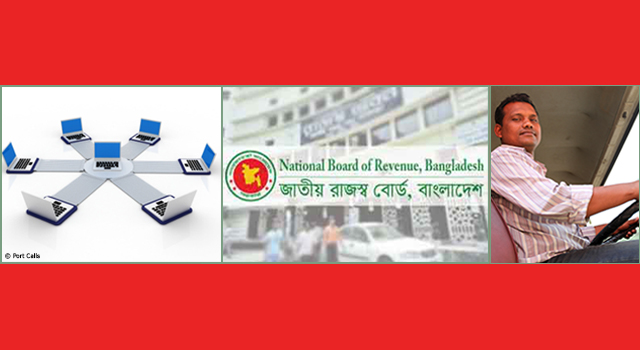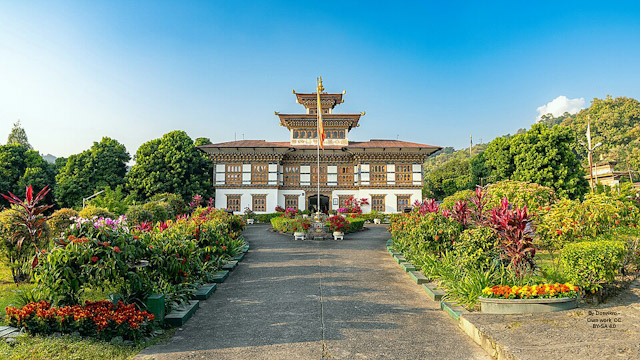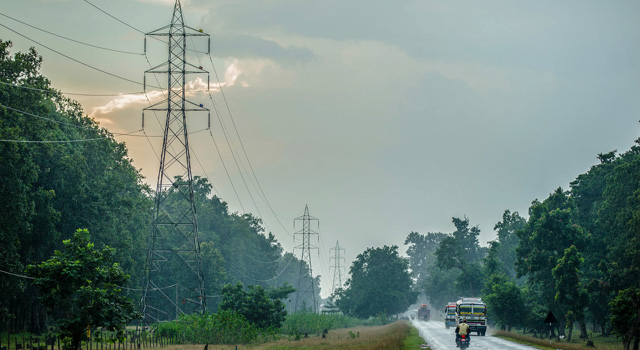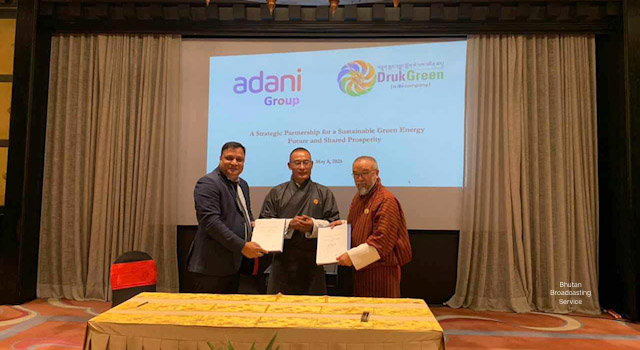
Commentary: Land Ports in Connectivity, Trade, Growth
14 June 2022
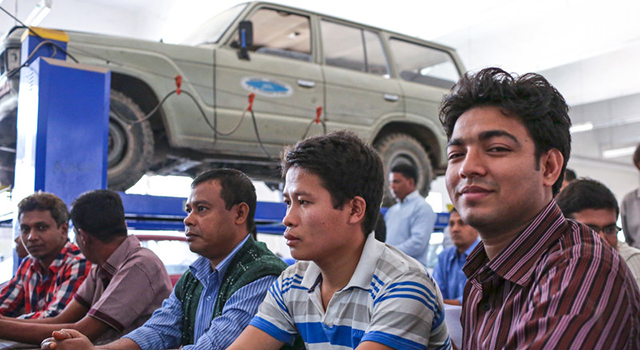
Bangladesh is undertaking projects to strengthen interregional connectivity, such as ADB-supported South Asia Subregional Economic Cooperation (SASEC) initiatives on cross-border connectivity. These SASEC initiatives, through regional and national SASEC transport projects, will develop infrastructure and systems that will improve cross-border connectivity and boost intraregional trade. The following are excerpts from an article on New Age by Mr. Md Alamgir, chair of the Bangladesh Land Port Authority.
Land Ports in Connectivity, Trade, Growth
By Md Alamgir
The Bangladesh Land Port Authority was set up in 2001 with the enactment of the Land Port Act 2001 by the Bangladesh Parliament. The Land Port Authority, in its two decades of existence, has put its footprint on the economic development of the country by facilitating trade, fostering connectivity and stimulating growth.
This is done by developing infrastructure, introducing technology, and encouraging automation for a smooth movement of vehicles and passengers. This created a multiplier effect on the growth of trade in the region, especially with India and other neighboring countries such as Nepal and India. The growing volume of trade over the years between Bangladesh and India bears testimony to this.
The agency started its operation with the Benapole and Sonamasjid land ports. More ports came under its wing. The agency has 12 land ports in operation, 8 are being readied for operation, and 4 will be developed based on need.
Land ports of Bangladesh play important roles of facilitating the movement of goods and passengers to and from Bangladesh to India and other neighboring countries. Because of Bangladesh’s unique geographical position with India, land ports bring opportunities for cross-border trade with neighboring countries. Physical proximity has enabled neighboring countries to trade with Bangladesh in an affordable, convenient, and efficient way.
Interregional connectivity
Bangladesh’s geographical location makes it ideal for establishing connectivity with other South Asian nations. Its sea ports, land ports, and airports are located strategically to foster interregional connectivity and reap benefits from this connectivity. It is now acknowledged that national and regional connectivity in South Asia help drive socioeconomic growth by creating economic opportunities for countries and poorer areas.
Evidence also shows that improved connectivity between lagging and prosperous regions within the country can help promote the transformation of regions that lag behind. As this is true within the country, so it is in the interregional context, where land is locked or inaccessible because of difficult terrain.
To strengthen interregional connectivity, the Bangladesh agency has undertaken a good number of projects with the support of the World Bank, the Asian Development Bank (ADB), and on its own financing. The ADB-supported South Asia Subregional Economic Cooperation (SASEC) initiatives on cross-border connectivity, for example, through regional and national SASEC transport projects, will develop infrastructure and systems that will improve cross-border connectivity and boost intraregional trade.
Under this project, the Bangladesh agency will develop two important land ports of Bangladesh—Tamabil and Akhaura. The Indian integrated check posts against these two land ports are Dawki and Agartala. Once facilities are developed, these two land ports will contribute immensely to the connectivity between people and business communities of the two countries, ensure seamless movement of cargo and passengers, and help develop the hinterland economy of both countries. This project has recently been approved.
Once the Bangladeshi land ports are fully developed and functional, they will act as a hub and economic corridor for passenger and vehicle movement from Bangladesh to India and vice versa. The ports will also help Nepal and Bhutan ferry their goods to and from Bangladesh using the Indian land corridor. As the ports are developed keeping in mind the future need of transit and transshipment, they will act as a bridge of connectivity and friendship between the people of Bangladesh and India and other neighboring countries such as Nepal and Bhutan.
The long-awaited Padma Bridge is going to be inaugurated on June 25. This bridge is expected to create immense opportunity for India to transport goods. Vehicles cleared either at Benapole or Bhomra or Hili or Banglabandha or Sonamosjid will now be able to use this bridge. This bridge is going to reduce the distance and transaction cost for carrying goods and passengers from Benapole, Bhomra or any other western or northern land ports of Bangladesh to Dhaka or further. If India wants to transit goods from Bangladeshi land ports to Agartala, Dawki, or Sutarkandi, this bridge will be of great help for easy and less costly transport.




